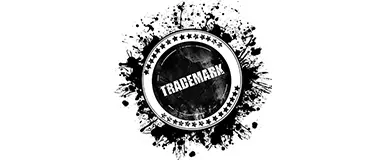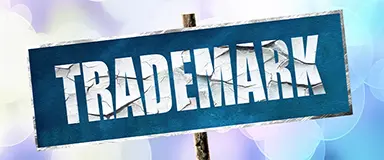Complete step-by-step guide to registering a trademark with the USPTO in 2025. Learn filing requirements, costs ($350 base fee), timelines (12-18 months), and maintenance requirements.
How to Protect Your Trademark in a Digital-First World
Written by Emily Brooks ·

In today's marketplace, a brand's reach is no longer confined to one city, country, or even continent. Thanks to social media, e-commerce platforms, and search engines, even small businesses can attract international customers overnight. But that kind of exposure brings new threats. If your brand is accessible across borders, then it's vulnerable across borders too, and that makes protecting your trademark in a digital-first world essential.
A New Playing Field for Brands
Twenty years ago, trademark protection meant securing your logo or name in the country where you operated. Today, your brand might appear on Instagram ads in Spain, Amazon listings in the U.S., and Google searches in Australia, all before you've sold a single item in those markets. This online visibility is a powerful asset, but without legal protection, it's also an open invitation for opportunists.
Bad actors can register your name in foreign countries, impersonate your business on social media, or sell counterfeit versions of your products through online marketplaces. The digital world moves quickly, and so do these threats.
That's why international trademark registration has taken on a new urgency. A single trademark filing in your home country won't shield you from global misuse. You need a strategy that reflects how customers engage with brands today.
Why International Registration Still Matters
Even in a digital world, trademarks are rooted in national laws. Owning your brand name or logo in one country gives you no legal claim elsewhere. If you've built a recognizable brand and haven't registered it beyond your borders, there's little you can do if someone in another country registers or misuses it.
Worse, many platforms like Amazon, Meta, and TikTok require proof of trademark ownership in specific jurisdictions before they'll act on takedown requests. If someone creates a fake profile or lists a counterfeit under your name, your first line of defense is a valid registered trademark in that country.
The Real Risks of a Digital Brand
It's easy to assume that trademark infringement only affects big brands, but smaller businesses are often more vulnerable. Here's how:
On marketplaces like Amazon or eBay, copycat sellers might use your brand name to sell unrelated or inferior products. These listings not only confuse your customers but also damage your reputation and lead to lost revenue.
On social media, impersonation is surprisingly common. Scammers create lookalike accounts to trick followers into sharing payment details or personal information. Without a registered trademark, getting those accounts taken down can be slow or impossible.
And then there's the issue of domain names. A competitor or squatter might register a domain using your brand with a different extension or spelling variation. This tactic is known as cybersquatting, and it's increasingly used to mislead users or hold brands for ransom.
All of these risks stem from the same situation: Once your brand is visible online, it becomes a target. And once it's a target, trademark protection becomes non-negotiable.
Building a Trademark Strategy That Reflects the Internet
So, how should modern businesses respond?
Start by registering your trademark in markets where you actively do business, or plan to shortly. These might include your main shipping destinations, advertising targets, or any country where you source products. If you're unsure, look at where your website traffic is coming from; those are likely areas of exposure.
Consider using the Madrid System, which allows you to apply for protection in over 130 countries with a single application. It's not perfect, and not every country participates, but it's an efficient starting point for many businesses.
Beyond filing, it's important to note that monitoring is key. Keep a close eye on how your brand appears across the internet. There are specialist services that scan marketplaces, domains, and social platforms for infringing activity. For businesses with growing digital footprints, this kind of oversight can save months of legal wrangling.
It's also smart to educate your team, especially marketing staff, on what to watch for. Spotting suspicious listings or fake profiles early gives you a better chance of taking them down before they do serious damage.
From Reactive to Proactive
Protecting your brand in a digital-first world is about shifting your mindset. It's not just about defending what you've already built; it's about laying the legal groundwork for growth. A proactive approach to trademarks helps you:
- Take control of your online identity.
- Streamline enforcement against copycats and scammers.
- Build trust with international customers and partners.
- Increase the value of your business and intellectual property.
And, crucially, it helps you avoid costly battles after your brand has already gained attention abroad.
The Bottom Line
The internet has made brand-building easier than ever and launched millions of global entrepreneurs. However, this ease of transitioning across countries also makes it more dangerous. Your logo, name, and reputation are among your most valuable assets. Think of it this way: If they're worth promoting online, they're worth protecting globally.
Whether you're a startup or an established business, now is the time to review where your brand appears, where it's vulnerable, and how your trademarks support your long-term success.
Explore Protect.TM's international and digital trademark protection services.


